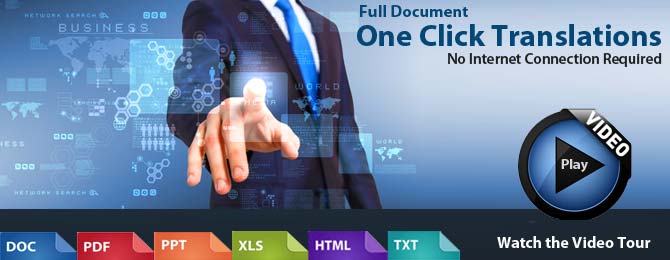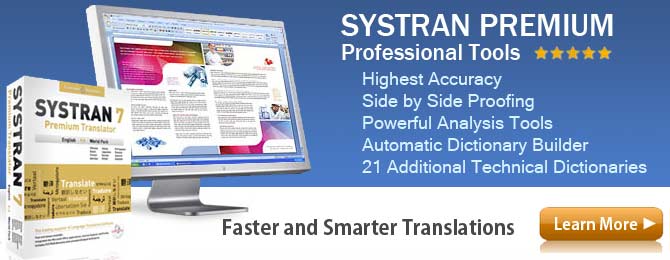Arabic Dialects and Translation Software
When you translate Arabic you must remember there are different Arabic dialects. Learning more about dialects can be very important when you will be working with language translation and language translation software.
Arabic is spoken by nearly 225 million people worldwide today. Pronunciation and usage of the spoken Arabic language varies largely between countries and geographical areas. However, regional differences are not so great as to make the language unintelligible to speakers from different areas.
The difference between many Arabic dialects can be compared to the difference between the English dialects spoken in the United States and the United Kingdom.
What is a Dialect?
A dialect means that a certain area of the speech may vary a little bit. The dialect generally applies to the vocabulary, grammar, and pronunciation characteristics of specific geographic locations or social classes.
English Dialects / American English Compared to UK English
The easiest way to understand dialects is to look at the two major English dialects – American English and UK English. While the major parts of speech are the same between the two, if you were to go to the UK you would find slight changes in the spellings and use of words. For example, in American English we spell “color” while in the UK it is spelled “colour.”
In Systran’s Translation Software we have built in the ability to translate using either the American English or the UK English dialect.
Arabic Dialects - Modern Standard Arabic (also known as MSA), Gulf Arabic, Egyptian
Modern Standard Arabic is the most common and is the most popular throughout the middle eastern. This dialect is usually considered to be the best form of Arabic to learn if you are trying to learn the language.
Gulf Arabic is extremely popular and is commonly used in broadcast television and newspapers in the Gulf region. It is called Gulf Arabic because it's used by many countries that border the Gulf Region in the Middle East.
Egyptian Arabic actually has the most speakers, but they are concentrated in Egypt.
If you were really looking to be understood by the most people, you'd learn Modern Standard Arabic, which is what they speak on al-Jazeera. MSA is more formal yet a more polite form of Arabic.
I have had people comment on the Arabic in Systran as being Modern Standard as well as Gulf Arabic. With software you can easily have phrases in both dialects.
What is Localization?
Localization is when you modify a translation to take into account a specific dialect. For example if you were doing a translation for a company in Dubai, then you would want to consider the culture, the slang in the area and the dialect, which in this region would be Gulf Arabic.
Systran’s Translation Software uses the Modern Standard Arabic Dialect
Systran’s translation software uses the Modern Standard Arabic dialect for translation. However, you can easily customize the Arabic translation to another dialect by training the software to recognize different words for another dialect by building your own custom dictionaries and building translation memory. For example, you can easily create an “Egyptian Arabic Dialect” dictionary.
Overall the differences between the Arabic dialects of the Middle East with reference to pronunciation, vocabulary, and grammar can vary throughout the area. So, if you translate with the software, usually a person who speaks the Arabic language can understand the differences between the dialects.
*Note if you have a PDF that contains Arabic characters you will need to use OCR software to change the images of text to actual text characters in order to translate the document.
Learning Center: Arabic Language Translation - Help on translating Arabic to English and English to Arabic






